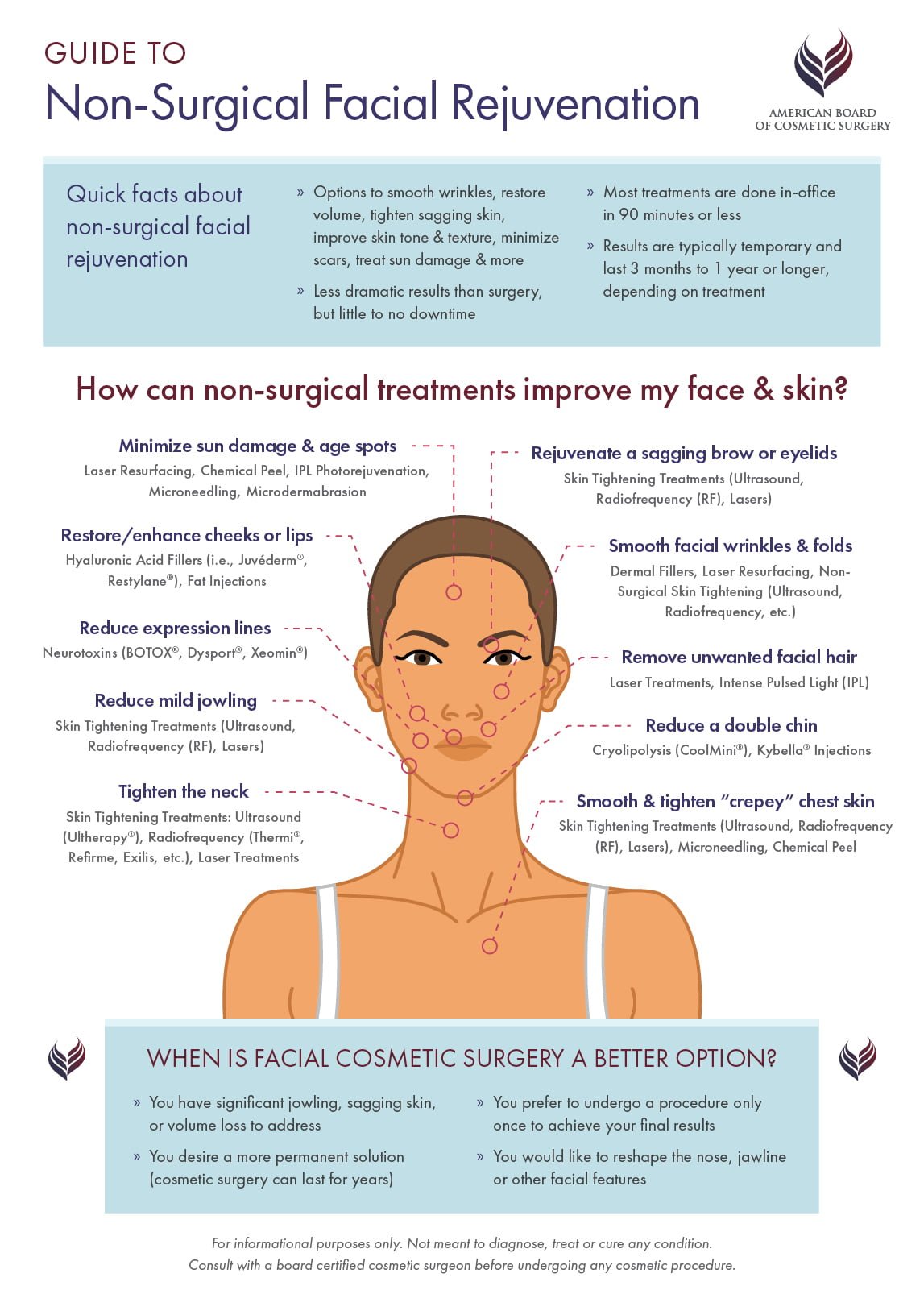Benefits Of Derma Rollers For Acne Scars
Benefits Of Derma Rollers For Acne Scars
Blog Article
Sources of Acne on Cheeks
Acne outbreaks in the cheek area are triggered by several points, from touching your face frequently to not transforming your pillow case frequently sufficient. Picking at acnes enhances your threat of infection and scarring, and specific drugs can get worse dark areas (postinflammatory hyperpigmentation).
Thankfully, there are numerous ways to avoid and treat cheek acne. These include:
1. Hormonal Changes
Acne is mostly caused by hormones, especially those produced during puberty and pregnancy. For some, a family history of acne might additionally add to their problem. Anything that obstructs pores, such as oil-based skin treatment items or waxy hair products, can set off acne. Various topical treatments, like benzoyl peroxide and salicylic acid, can fight microorganisms and unclog pores. Those with extreme or persistent acne must look for treatment from their doctor.
Avoid touching or squeezing your acne, as this can press several of the microorganisms deeper right into the skin, causing a much more severe breakout. It is also vital to transform pillow cases on a regular basis and utilize clean makeup brushes. You should additionally attempt to prevent irritants such as friction from putting on a headgear or limited collar.
2. Diet plan
The greasy, sugary foods that many individuals assume trigger acne may actually not do so. Actually, researches have actually shown that eating a diet regimen abundant in whole, nutrient-dense foods helps to stop outbreaks.
Foods high in the glycemic index (such as white bread, corn flakes, blew rice and potatoes, doughnuts and other pastries) elevate blood glucose levels quickly, and this can raise hormonal agents that increase oil production and bring about acne.
Consuming alcohol cow's milk has also been connected to boosted acne breakouts. If you are a regular cow's milk enthusiast, you may wish to try changing to low-fat or nondairy options that are fortified with calcium. On top of that, consuming more water can aid to minimize acne because it aids to maintain the skin hydrated.
3. Excess Oil
While oil is important for healthy and balanced skin, it can end up being a problem when way too much sebum combines with dead skin cells and blocks pores. This mix can produce blackheads, whiteheads and pimples. The obstructed pore wall can break down and spill bacteria, dead skin cells and sebum right into surrounding skin. This causes a red bump referred to as a pimple. Occasionally these red bumps have pus in the center from a bacterial infection. Bigger infected bumps that resemble acne are called cysts.
There are several things that can cause excess sebum and clogged up pores, including hormone changes, diet and day-to-day practices. Some instances include touching the face frequently, relaxing your hand on your cheek, using unclean makeup brushes and not transforming pillowcases consistently.
4. Anxiety
If you're dealing with pain pimples or a multitude of blackheads and whiteheads, it may be time to talk with a skin specialist. They can recommend a reliable treatment that fits your skin type. Exercising relaxation and stress-reduction methods also assists.
Acne can occur in the cheeks because of friction and stress, such as when an individual touches their face often or wears a hat or sports helmet that massages against the skin. It can also show up where greasy cosmetics and lotions massage against the skin.
Stay clear of squeezing acne, as this can press infected product deeper right into the skin and result in scarring. Rather, see a doctor to discover preventative treatments like medicine, skin treatment products and way of living changes. Eating a healthy and balanced diet of entire foods, getting seven to 9 hours of sleep and utilizing noncomedogenic makeup and skincare items can all help reduce acne breakouts.
5. Hair Products
Hair items are not typically considered a source of breakouts, yet they can contribute to acne on the cheeks in some people. Pomade acne, which is identified by small closed comedones and papulopustules, is generally caused by using oily hair items that contain comedogenic components such as particular oils and acetylated lanolin.
Choosing hair products that do not contain these potentially comedogenic components is an important step toward decreasing breakouts. Likewise, making certain that hair products aren't can be found in contact with the skin can help avoid outbreaks. As an example, wearing microdermabrasion a scarf or hood during the night can limit hair-to-face get in touch with and minimize the chance that leave-in hair products will abrade onto the face.
In addition to using a non-comedogenic cream and cleaning with an acne face clean, other valuable methods consist of: